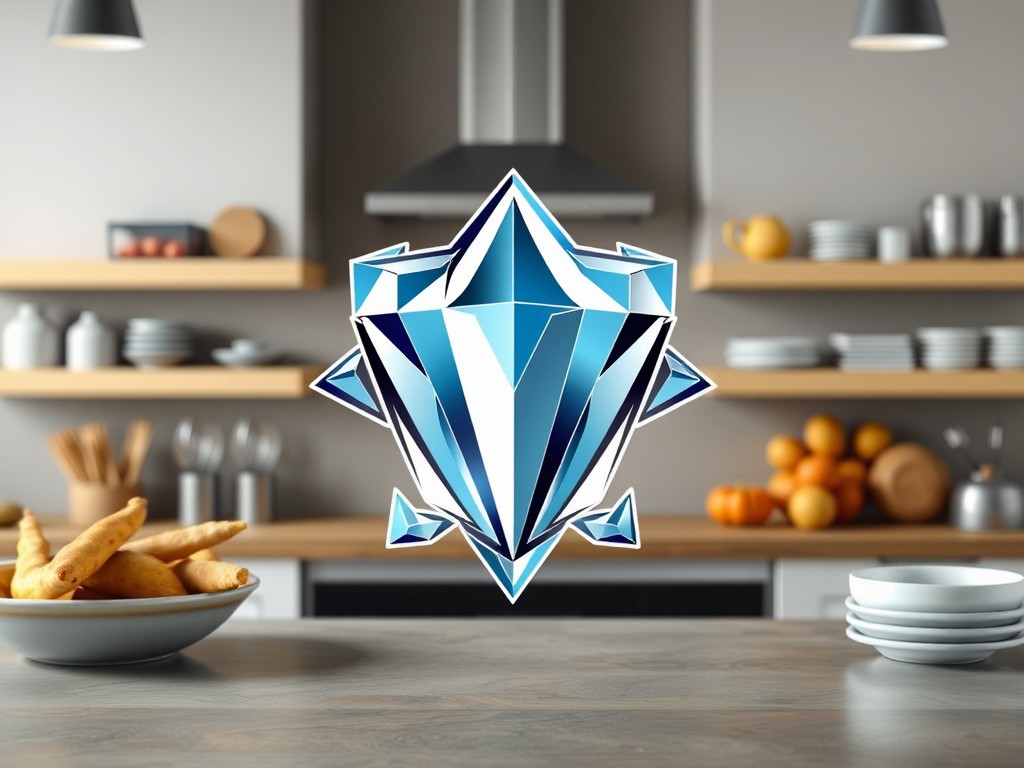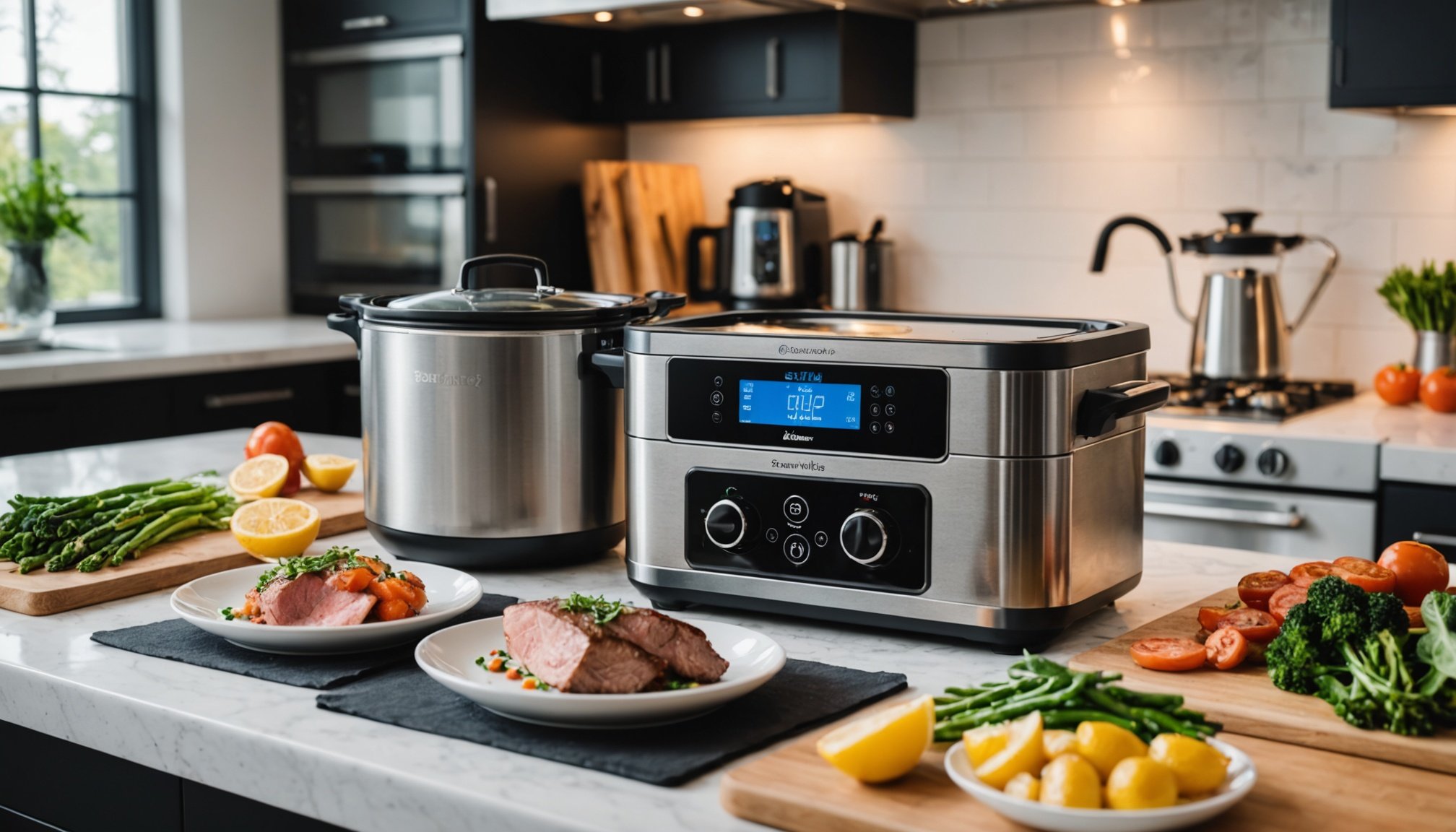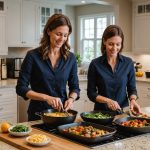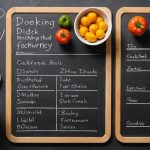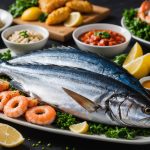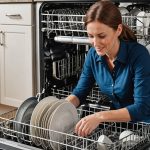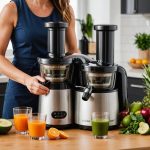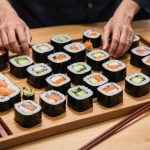Sous-vide cooking transforms how we prepare meals, offering unmatched precision and flavor. Whether you're a culinary novice or an experienced chef, integrating a sous-vide system into your kitchen can elevate your dishes to new heights. This guide offers practical tips to streamline the process, ensuring you maximize this innovative technique without overwhelming your space. Discover how to select the right equipment, master cooking times, and ultimately create restaurant-quality meals from the comfort of home. Transform your cooking experience and unleash your inner gourmet!
Selecting the Right Sous-Vide Equipment
Choosing the right sous-vide equipment can make all the difference in your culinary adventures. The essentials include a reliable sous-vide machine, vacuum sealer, and appropriate containers. When evaluating sous-vide machines, focus on precision temperature control, ease of use, and durability. These features ensure consistent results and enhance your cooking experience.
Also to see : Creative Strategies for Seamlessly Incorporating a Refrigerator into Your Kitchen Design
Key Features to Consider
Look for sous-vide devices with intuitive controls and a robust build. The best sous-vide devices often come with Wi-Fi or Bluetooth connectivity, allowing you to monitor and adjust settings remotely. Additionally, a wide temperature range and quick heating capabilities are crucial for versatility in cooking different types of food.
Comparing Popular Brands
Several brands stand out in the sous-vide market. Anova and Joule are renowned for their user-friendly interfaces and reliable performance. Anova offers models with a variety of features, catering to both beginners and seasoned cooks. Joule is celebrated for its sleek design and powerful heating element, making it a favourite among tech-savvy users.
Topic to read : Exploring Cutting-Edge Nanoparticle Surface Treatments for Enhanced Kitchen Hygiene: The Latest Innovations
When selecting the best sous-vide equipment for your needs, consider what features align with your cooking style and preferences. Investing in quality equipment will elevate your sous-vide cooking experience and ensure delicious results every time.
Mastering Sous-Vide Cooking Techniques
Sous-vide cooking is a precise method that involves vacuum-sealing food and cooking it at a controlled temperature. This technique ensures even cooking and retains moisture and flavour. Here's a step-by-step guide to perfecting your sous-vide techniques.
Start by selecting the right cut of meat or vegetables, ensuring they are fresh and of high quality. Season your ingredients generously before vacuum-sealing them in a food-safe bag. Preheat your sous-vide machine to the desired temperature, which varies depending on the food type and desired doneness. Submerge the sealed bag in the water bath and let it cook for the recommended time.
The benefits of sous-vide cooking methods are numerous. They allow for precise temperature control, ensuring that your food is cooked evenly without overcooking. This method also enhances the natural flavours and retains nutrients, making it a healthier choice.
However, there are common mistakes to avoid. Ensure the bag is sealed properly to prevent water from entering. Avoid overcrowding the water bath, as this can lead to uneven cooking. Lastly, always finish your dish with a quick sear or grill to achieve a desirable texture and appearance.
Time and Temperature Guidelines for Sous-Vide
Understanding the right sous-vide time and temperature is crucial for achieving perfect results. Different foods require specific cooking times and temperature settings to ensure they are cooked to perfection.
Recommended Time and Temperature Charts
For meats, precision is key. For instance, cooking a steak at 54°C for 1-2 hours results in a perfect medium-rare. Chicken breasts, on the other hand, benefit from a temperature of 60°C and a cooking time of 1.5-4 hours to ensure safety and tenderness. Vegetables like carrots can be cooked at 85°C for 1-2 hours, enhancing their sweetness and maintaining a firm texture.
Importance of Precision
The importance of precision in cooking times and temperatures cannot be overstated. Consistency in temperature settings ensures that the food is cooked evenly throughout, preserving its natural flavours and nutrients. Precise control also prevents overcooking, which is a common issue with traditional cooking methods.
Adjusting for Texture and Doneness
Adjusting time and temperature allows you to customise the texture and doneness of your dish. For a more tender result, extend the cooking time. Conversely, reducing the time can yield a firmer texture. This flexibility makes sous-vide an ideal method for tailoring dishes to personal preferences.
Food Safety and Storage Tips for Sous-Vide
Ensuring sous-vide food safety is paramount to achieving delicious and safe-to-eat meals. Following best practices in food handling is crucial. Always start with fresh ingredients, and keep them refrigerated until you're ready to begin cooking. This reduces the risk of bacterial growth.
Best Practices for Food Handling
When preparing food for sous-vide, ensure your workspace and equipment are clean. Wash your hands thoroughly and avoid cross-contamination by using separate cutting boards for raw meats and vegetables. Proper vacuum sealing is essential; it prevents contamination and maintains the vacuum environment necessary for sous-vide cooking.
Storage Techniques for Sous-Vide Cooked Foods
Once your food is cooked, prompt and proper storage is key. If not consumed immediately, rapidly chill your sous-vide cooked foods in an ice bath before refrigerating. This step prevents the growth of harmful bacteria. For longer storage, freeze the vacuum-sealed bags, ensuring they are airtight to prevent freezer burn.
Vacuum Sealing Tips and Tricks
For optimal results, ensure that your vacuum sealer is functioning correctly. Double-check seals for any air pockets before cooking. If vacuum sealing isn't available, use the water displacement method with a zip-lock bag, ensuring as much air as possible is removed. This ensures the food cooks evenly and safely.
Easy Sous-Vide Recipes for Beginners
Embarking on your sous-vide journey can be both exciting and rewarding. Beginner-friendly recipes are a great way to start, offering simplicity without compromising on flavour.
Simple Sous-Vide Recipes to Get Started
One of the most accessible sous-vide recipes for beginners is the classic chicken breast. Cook it at 60°C for 1.5-4 hours for a juicy, tender result. For a vegetarian option, try carrots at 85°C for 1-2 hours, which brings out their natural sweetness. These easy sous-vide recipes require minimal ingredients and deliver impressive results.
Flavoring Techniques for Enhanced Taste
Enhance your dishes with flavoring techniques that are perfect for sous-vide cooking. Before sealing, add herbs like rosemary or thyme, or a splash of lemon juice to your bag. These infuse the food with rich flavours during cooking. Experimenting with spices can also elevate your sous-vide recipes.
Adapting Traditional Recipes for Sous-Vide Cooking
Adapting traditional recipes to sous-vide is straightforward. For instance, transform a conventional steak recipe by cooking it sous-vide at 54°C for medium-rare perfection. This method ensures even cooking and enhances the dish's natural flavours. By adjusting cooking times and temperatures, you can tailor these beginner-friendly recipes to your taste preferences.
Troubleshooting Common Sous-Vide Issues
Embarking on a sous-vide journey can be smooth, but even seasoned enthusiasts encounter cooking problems. Identifying and fixing these can elevate your culinary creations.
Identifying Common Cooking Problems
One frequent issue is uneven cooking, often caused by overcrowding the water bath. To solve this, ensure your bags have enough space and water circulation is unobstructed. Another common problem is the loss of flavour. This can be mitigated by enhancing your seasoning techniques before vacuum sealing.
Achieving Perfect Texture and Flavor
Perfecting texture and flavour in sous-vide requires attention to detail. If your meat is too tender or mushy, consider reducing the cooking time or temperature. Conversely, if it’s too firm, extend the cooking duration. For flavour, experiment with different herbs and spices, and ensure they are evenly distributed in the bag.
Resources for Further Learning
For those seeking to refine their sous-vide troubleshooting skills, numerous resources are available. Online forums and cooking classes offer valuable insights into solving cooking problems. Books dedicated to sous-vide can also provide comprehensive guidance and innovative techniques, ensuring you master this precise cooking method.
